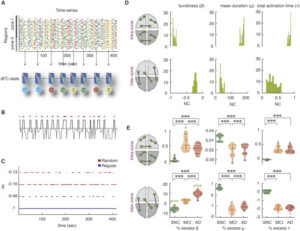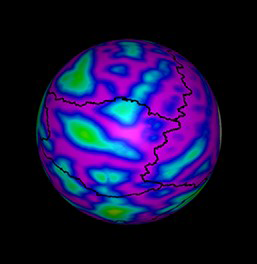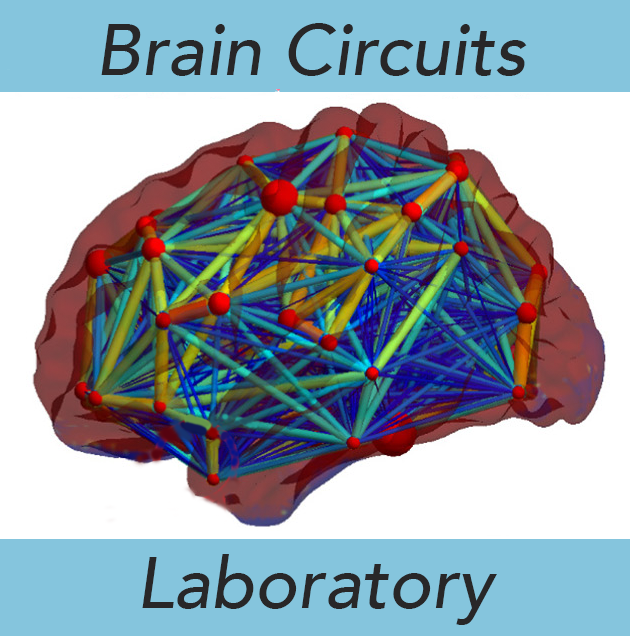Brain Dynamics in Alzheimer Disease

When contrasting patients with healthy subjects, we find that dFC between cingulate and other limbic regions is increasingly bursty and intermittent when ranking the four groups from SNC to NC, aMCI and AD. Furthermore, regions affected at early stages of AD pathology are less involved in higher order interactions in patient than in control groups, while pairwise interactions are not significantly reduced. Our analyses thus suggest that the spatiotemporal complexity of dFC organization is precociously degraded in AD and provides a richer window into the underlying neurobiology than time-averaged FC connections.
Gyral and Sulcal Neuroanatomy

We distinguished 4 region types based on anatomical considerations: (i) gyral regions at borders between cortical communities; (ii) gyral regions within communities; (iii) sulcal regions at invariant locations across subjects; and (iv) other sulcal regions. Region types showed strikingly different anatomical and connection properties. Results allowed complementing the current understanding of the brain’s communication structure with a model of its anatomical underpinnings.
Brain Dynamics in Spinocerebellar Ataxia

Spinocerebellar ataxia 6 (SCA6), an autosomal dominant degenerative disease, is characterized by diplopia, gait ataxia, and incoordination due to severe progressive degeneration of Purkinje cells in the vestibulo- and spinocerebellum. Ocular motor deficits are common, including difficulty fixating on moving objects, nystagmus and disruption of smooth pursuit movements. In presymptomatic SCA6, there are alterations in saccades and smooth-pursuit movements. Effective connectivity between regions of cerebral cortex and cerebellum was at its highest in moderate cases, and disappeared in severe cases.
Parkinson Disease

We are constructing virtual brain simulations to predict the development and progression of Parkinson Disease.
Coma and States of Altered Consciousness

(from Trinka, E., & Leitinger, M., 2015)
Using a biophysical approach to EEG dynamics focusing on a concept of “temporal non-reversibility”
developed for the brain based on research in thermodynamics. Temporal nonreversibility
is the fact that under normal circumstances, brain signals follow a preferred direction
(towards states of increased entropy), and that this is disrupted in states of altered consciousness.
